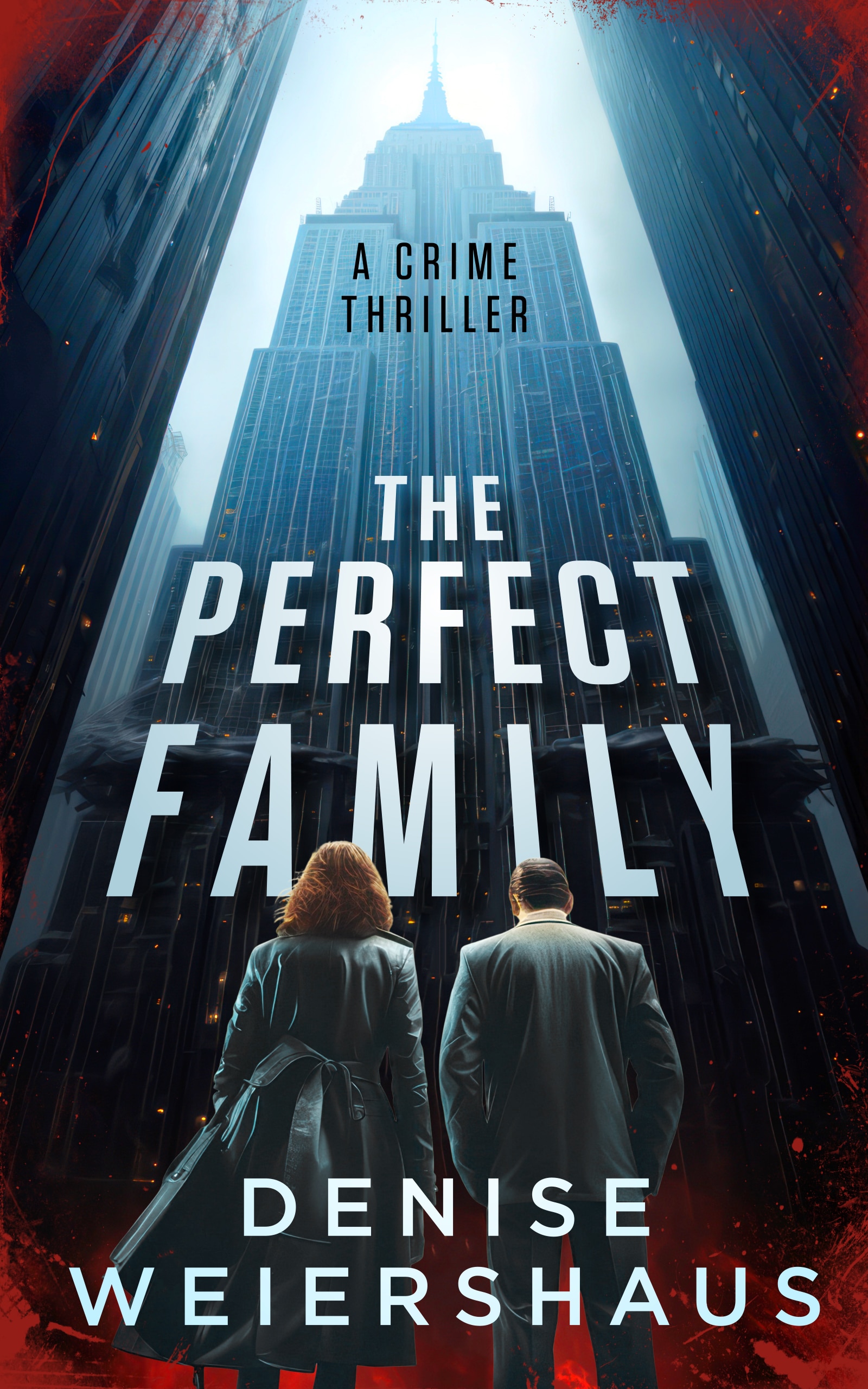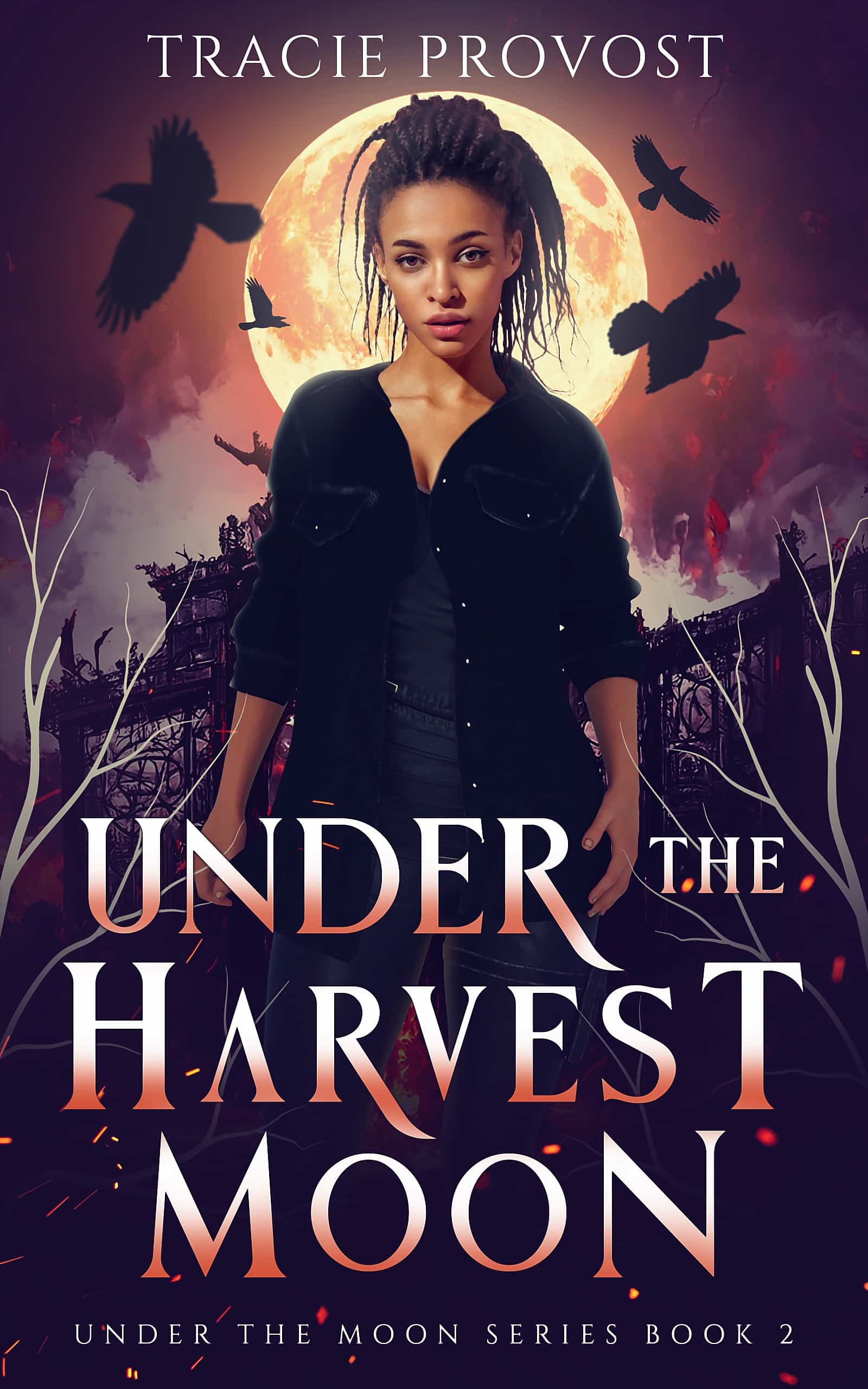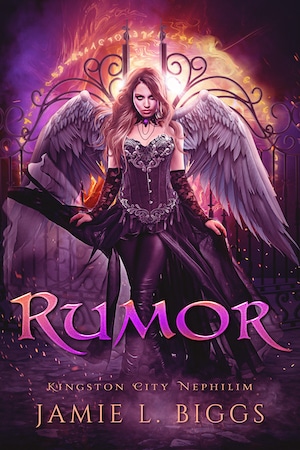
by Sarah Gribble |
We’re writers, and as writers, we’re told we need to keep writing no matter what. Write every day. Write through the hard times. Write during great times. Just write.
Right now, as if you didn’t know, we have a bit of a pandemic situation. We’re isolated, possibly out of a job, overwhelmed with advice about self-improvement, and probably grieving life as it was before COVID-19.
But we’re still writers and writers (are supposed to) write. If that’s hard for you to do right now, that’s okay. Here are four refreshing, low-pressure ways to tap into your writing.
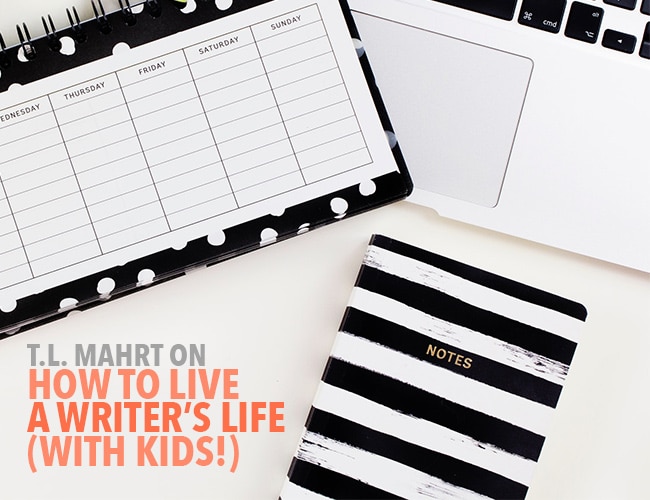
by Sarah Gribble |
How do you live “a writer’s life”? By writing! (And editing, and publishing, and marketing. But we’ll get to that.)
But sometimes (okay a lot of the time) it’s hard to fit writing into our busy, busy lives. Kids, school, work, house maintenance, relationships . . . We’re pulled in a million directions every day.
The key to fitting in anything important is to find the time and protect that time.

by Sarah Gribble |
Ever wonder how to come up with story ideas? Ask any writer and invariably they will tell you “life.”
A writer’s greatest source of ideas comes from their real-life experiences. From going to the grocery store to careening down a snowy mountain, real life is every writer’s inspiration. You just need to look and you’ll find a story.
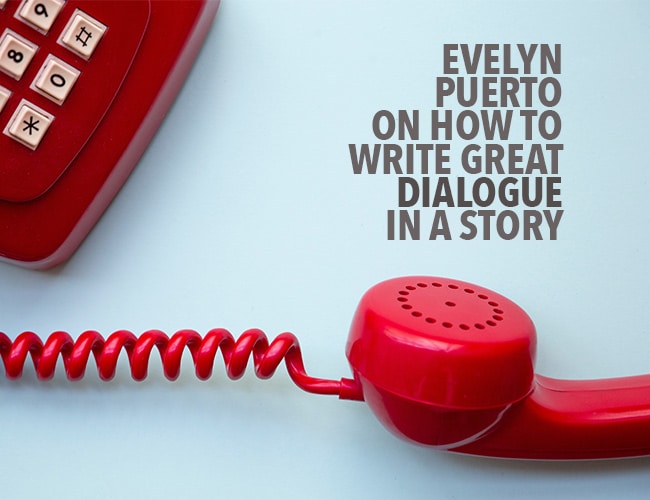
by Sarah Gribble |
Writing dialogue boils down to one big rule: Make it sound realistic.
You not only communicate every day (unless you’re on a really heavy writing binge), but you hear other people communicating. Dialogue is all around us. Constantly. Sometimes too constantly. The TV blares it. Your favorite novel is full of it. Your family squawks it over dinner.
Inherently, you know how to write dialogue. Sometimes you just have to get out of your own way in order to get it on paper.

by Sarah Gribble |
The point of writing, for most people, is to share that writing with the world. The problem is getting your writing into the hands of readers can be such an intimidating and confusing process that a lot of writers simply give up. This month’s interviewee talks about one option for sharing your writing: working with hybrid publishers.





